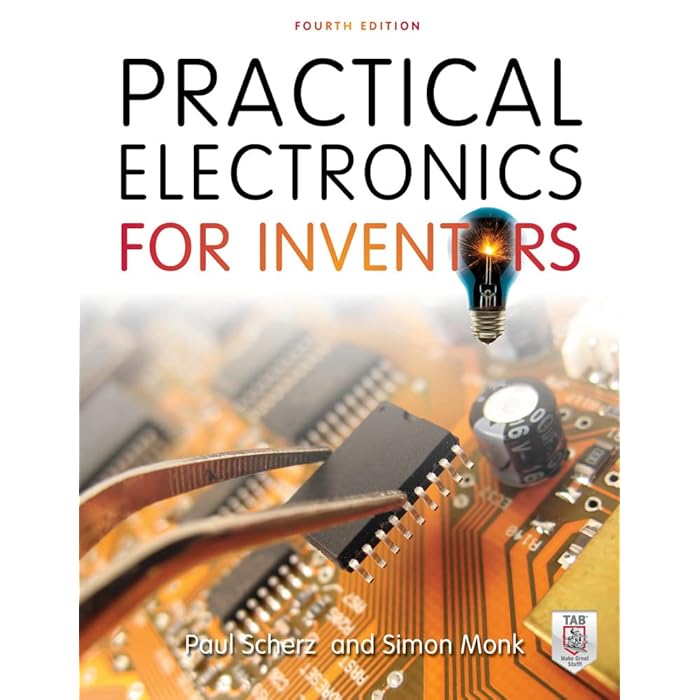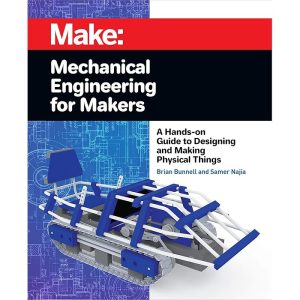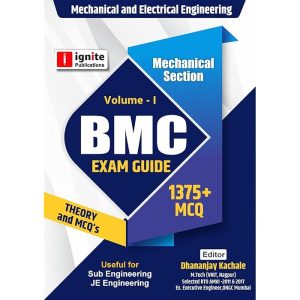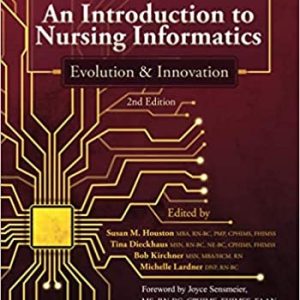Description
*Practical Electronics for Inventors*, Fourth Edition, by Paul Scherz and Simon Monk, is an excellent resource for anyone interested in learning about electronics, whether you’re a beginner or an experienced inventor. The book covers a wide range of topics in a clear, approachable way, offering a balance between theory and practical applications. It is well-suited for DIY enthusiasts, hobbyists, engineers, and students who want to deepen their understanding of electronics.
Here’s a breakdown of what you can expect from the fourth edition:
### Key Features:
1. **Updated Content**: The fourth edition is revised and updated to include the latest in electronics technology, including more focus on modern components, tools, and methods.
2. **Comprehensive Coverage**: Topics range from basic electrical concepts (like Ohm’s Law and components like resistors and capacitors) to more advanced subjects such as analog and digital circuits, microcontrollers, sensors, and power electronics.
3. **Practical Guidance**: The book includes practical tips, real-world applications, and examples to help readers understand how electronics are used in everyday inventions and devices.
4. **Clear Illustrations**: A major strength of the book is its use of clear, well-labeled diagrams that make complex concepts easier to grasp.
5. **Hands-on Projects**: Throughout the book, readers are guided through practical projects and experiments, offering a chance to apply the concepts learned.
6. **Circuit Design**: There’s also a focus on designing and building circuits, both analog and digital, with an emphasis on getting circuits to work in the real world.
### Topics Covered:
– **Basic Electronics Principles**: Voltage, current, resistance, and power.
– **Components**: Resistors, capacitors, diodes, transistors, inductors, and more.
– **Circuits**: Series and parallel circuits, Ohm’s Law, Kirchhoff’s Laws, and circuit analysis techniques.
– **Signal Processing**: Filters, amplifiers, oscillators, and other analog electronics.
– **Digital Electronics**: Logic gates, flip-flops, and microcontrollers.
– **Power Electronics**: Voltage regulation, switching power supplies, and motor control.
– **Sensors and Actuators**: Understanding and working with various types of sensors.
– **Microcontrollers**: Introduction to using microcontrollers, including Arduino and Raspberry Pi.
– **Troubleshooting**: Techniques and tools for diagnosing and fixing common electronic problems.
### Why It’s a Great Resource:
– **Approachable for Beginners**: While it dives into some technical subjects, the writing is clear, and the pace is slow enough for someone with little prior knowledge of electronics to follow along.
– **Rich in Visuals**: There are detailed illustrations and circuit diagrams that accompany explanations, helping readers visualize abstract concepts.
– **Practical Focus**: The book emphasizes practical applications, so you’ll be able to use the knowledge immediately in your projects.
### Audience:
– Hobbyists building their own electronics projects.
– Students studying electronics in high school or college.
– Makers and inventors who want a more in-depth understanding of how things work electrically.
– Engineers who need a reference to refresh basic concepts.
































Reviews
There are no reviews yet.